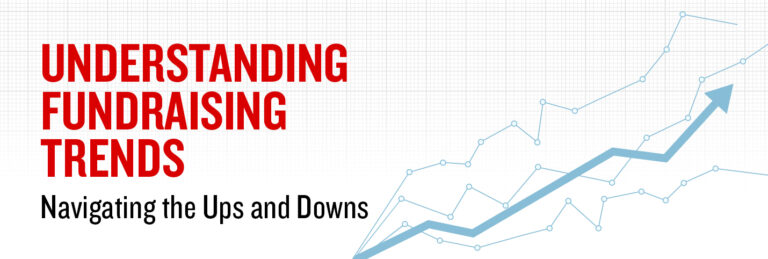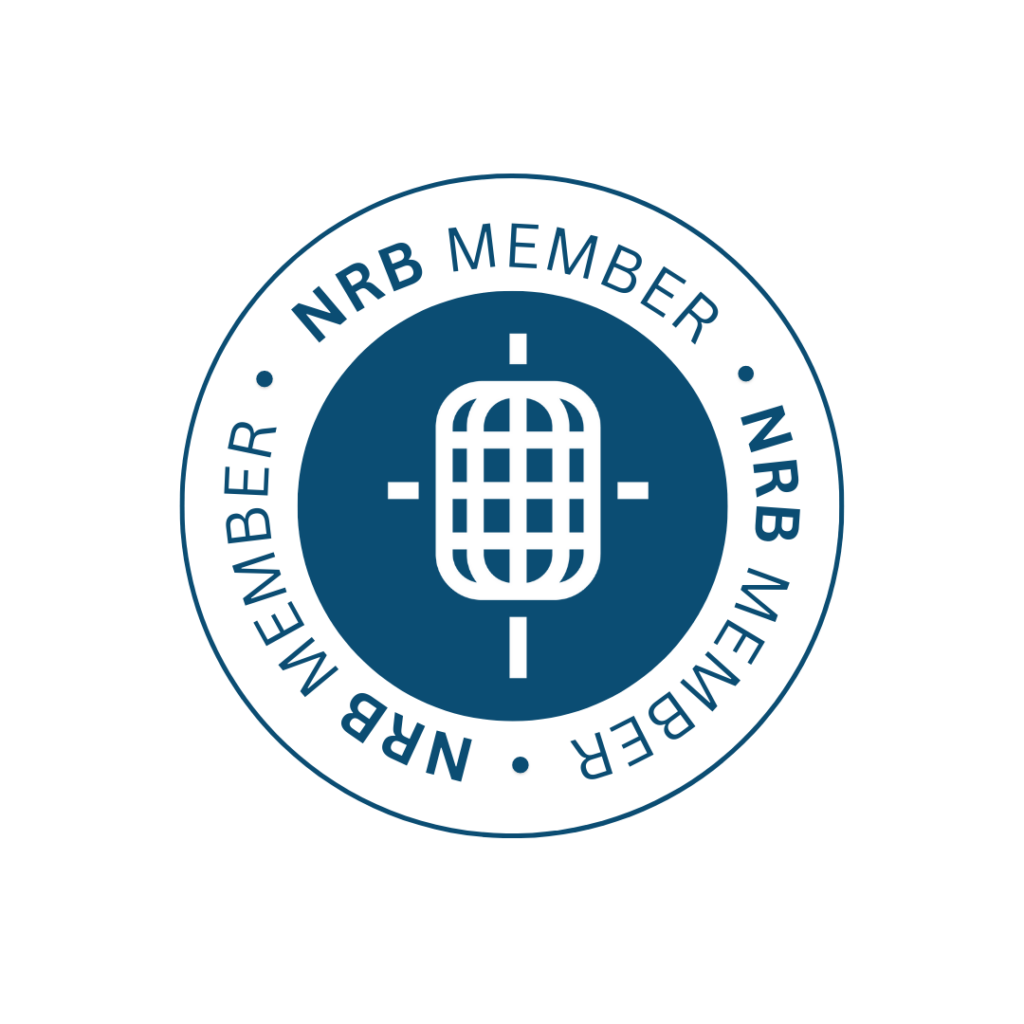To Look Forward, You Must Look Back
A successful annual plan starts with data. That’s because data can tell you almost anything about your donors and their giving behaviors.
By examining previous years’ data, you gain an understanding of the donor file’s health. Go beyond the bottom-line numbers to answer important questions: What’s your second gift rate among certain pools of people? How have specific initiatives been working? What do your activation rates look like?
Understanding how these critical elements are working is essential to understanding where you are now compared to where you want to go this year, next year, and five to 10 years from now.
For your new annual plan, you will probably need at least as many projects/campaigns as last year, and you may even need to consider expanding depending on your funding need. You’ll also want to follow proven strategies and adjust anything that didn’t have optimal results in previous years. But it is in the details from your historical data that you will learn what needs to change . . .
If your data shows the activation rate—the measure of what percentage of newly acquired donors who gave a second gift—is slipping, you may need to make room for a welcome series to secure the second gift and activate more donors. If retention rates—percentage of donors who give in two consecutive years—are declining, it’s time to explore strategies to renew donor relationships, perhaps through a phone call, a handwritten note, or variable text that acknowledges how important they are to the mission of your organization—or all of the above.
Data informs your strategies. Strategies lead to tactics. Tactics lead to specific campaigns and projects. Campaigns/projects make up your successful annual plan.
Analyze historical trends, industry trends, and identify areas for growth and opportunity. Looking back informs every decision you make in formulating your annual plan.
DATA GUIDES THE RELATIONSHIP
As you start your annual plan for the next year, it’s important that you look back not just at the results from last year, but also look to what they tell you about the longer term trajectory of your donor file. Are your donor activation (second gift) rates, retention rates, lapsed donor reactivation rates, gift amounts, and gift frequency on track to help you meet your growth goals? Reviewing these data points, you should be able to identify weak spots in your donor file that may threaten your organization’s capacity to grow at the rate needed. To make up for this, do you need to fix processes to hold on to more donors, or do you need more new donors than you are currently acquiring? Is there opportunity to reactivate more lapsed donors? Review of these trends will help identify the specific areas where you need to adjust strategy to accelerate growth for the coming years.
PLAN FOR THE UNEXPECTED
Historical knowledge lays the groundwork for every annual plan, but opportunities and circumstances that create a need to course correct will occasionally arise. The pandemic is a prime example. For many organizations, this worldwide event necessitated a review of every piece of their annual plan—everything from message strategies to print package selections to the timing of multi-channel communications. Additionally, many organizations experienced a large influx of new donors, which required merging them into communication channels quickly—and within the budget. It was also important to remain genuine in communications to ensure donors felt as though they were a key part of the solution: helping your organization meet the need within your community. So yes, have your plan, but be prepared to quickly pivot as circumstances arise, turning them into opportunities for growth in the fulfillment of your mission.
Related articles
-

More Than Just Work
As a young Christian professional navigating the conundrum of aligning my beliefs into a purposeful career, I’ve been blessed to…
-

What to Think of Artificial Intelligence and Its Impact on Fundraising . . .
In trying to summon an image to represent our theme for this issue of Donor Focus, I found myself drawn…







